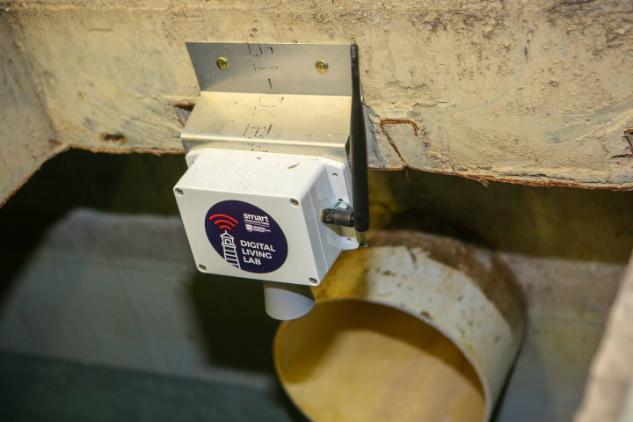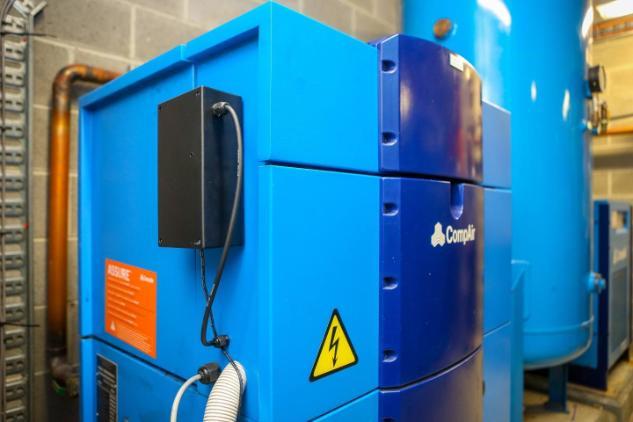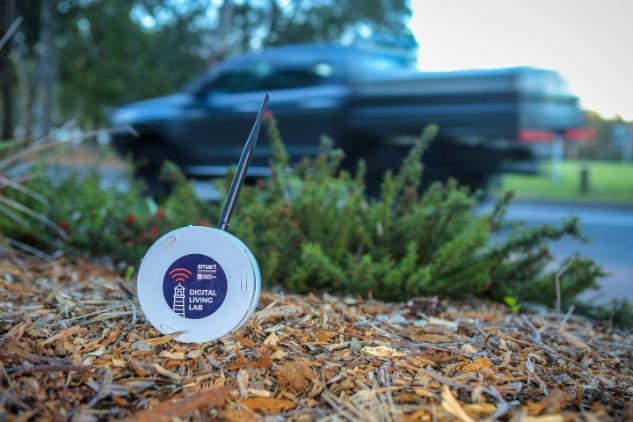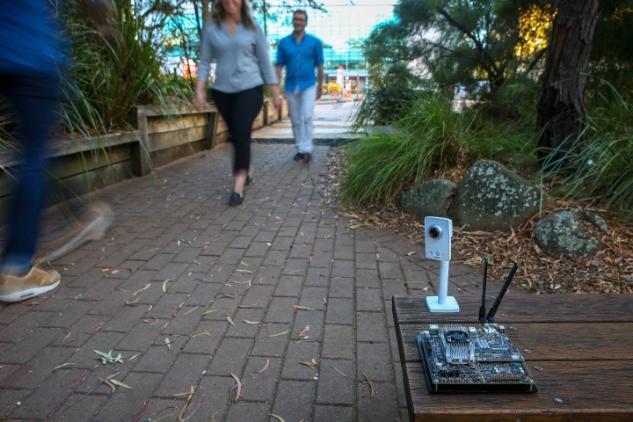The SMART Infrastructure Facility has developed several open-source prototypes of connected sensors under the SMART IoT Hub for various projects linked to the Digital Living Lab.
IoT Sensors
The SMART IoT Hub provides a platform and workspace for the community to utilise the Internet of Things LoRaWAN network, deployed by the University of Wollongong and the SMART Infrastructure Facility. The SMART IoT Hub has developed sensors and prototypes for a variety of initiatives.
SMART Sensor Prototypes
The main characteristics of the SMART IoT Hub's developed prototypes and devices are their open-source nature. The Hub aims to use open source software and hardware components whenever possible. This allows the community to access and look at the code, build the sensors, improve them and adapt them to their particular needs. Some sensors developed by the SMART IoT Hub under the Digital Living Lab are detailed below.
Water Level Sensor
This is the first sensor developed by the SMART IoT Hub. The initial version, based on a Raspberry Pi, was designed by SMART Honorary Senior Fellow, Dr. Matthew Berryman. The sensor was used in the PetaJakarta project to detect flooding events in Jakarta. This version is on display in the SES headquarters in Wollongong. In order to increase the battery life and reduce the size of the device, a second version has now been developed. The device now relies on a LoPy and a Maxbotix MB7390 ultrasonic sensor with the data sent to The Things Network using the LoRaWAN protocol.

Air Pressure Sensor
Modbus & MQTT
The SMART IoT Hub has developed a sensor to measure air pressure using Modbus and MQTT.
Modbus is a non-proprietary communication protocol widely used to connect, control and monitor industrial electronic devices. Over the years, it has become a de-facto standard. It can be used to control and monitor devices.
MQQT (Message Queuing Telemetry Transport) is an ISO standard lightweight messaging protocol. It is designed for applications where a small code footprint is required and the network has a limited bandwidth. This protocol is well suited for the Internet of Things and connecting sensors.
The SMART IoT Hub has developed a bridge (link to the internet) running on a Raspberry Pi. This bridge is currently being used to monitor the HVAC air compressor of the SMART building and can be easily adapted to any other devices using Modbus.

Air Quality Sensor
Poor air quality causes serious health problems in our cities. Existing monitors measure background air quality, away from roads, using expensive instruments. To better understand what people are breathing, the SMART IoT Hub is developing low-cost sensors that can be located at street level, connected in a large network.
These sensors are low-cost air quality sensors, based on the Pycom LoPy and its PyTrack expansion board. These devices measure concentrations of particulate matter (PM1, PM2.5 and PM10) using a DFRobot Gravity Laser PM AQ monitor and carbon dioxide (CO2) using a DFRobot Gravity Infrared CO2sensor; data is transmitted via a LoRaWAN network.
The SMART IoT Hub has developed one version specifically for monitoring the air quality around bushfires. In addition to the pollutant levels being saved on an SD card, the location of the device is also determined using GPS when it is powered on.

Pedestrian Sensor
In order to estimate the flow of pedestrians and vehicles in a network, the SMART IoT Hub has developed a smart camera relying on machine learning.
The detection and tracking are done in real-time using a deep convolutional neural network. The current prototype is based on an Nvidia Jetson TX2, a power-efficient embedded computing device built around an Nvidia Pascal-family GPU, particularly suited to run those deep neural networks.
This device is a good example of the edge computing paradigm. The video feed is directly processed by the device and only the aggregated results of the algorithm are sent over the network. The original data is discarded by the device once it has been processed, so only aggregated information is stored. This means the device avoids any issues around privacy.
These devices are currently being utilised in an effort to help plan the expansion of the CBD of the City of Liverpool, Western Sydney. The devices are tracking patterns of movement by pedestrians and vehicles around the CBD to better plan the city and build infrastructure where it is needed most.
